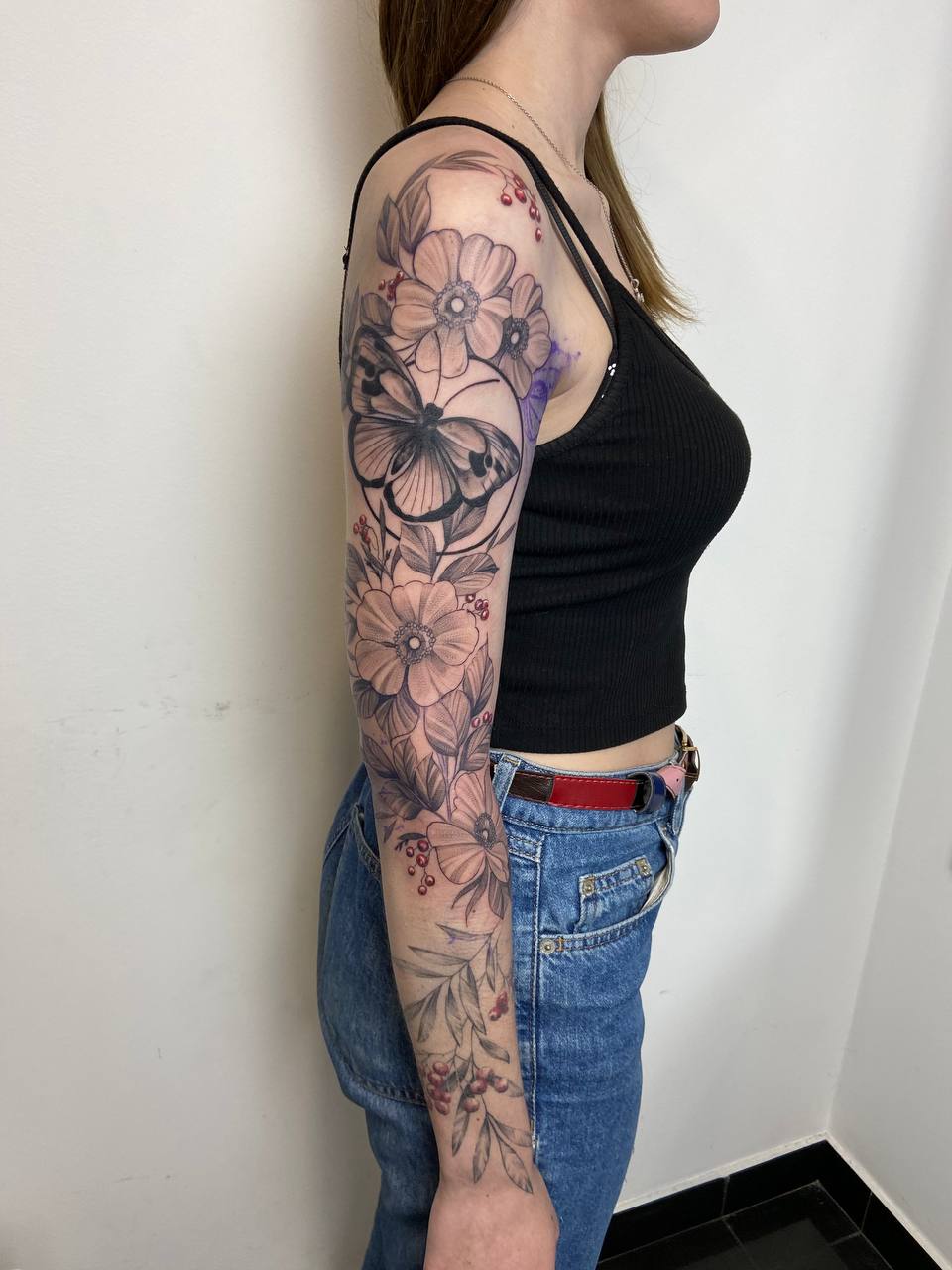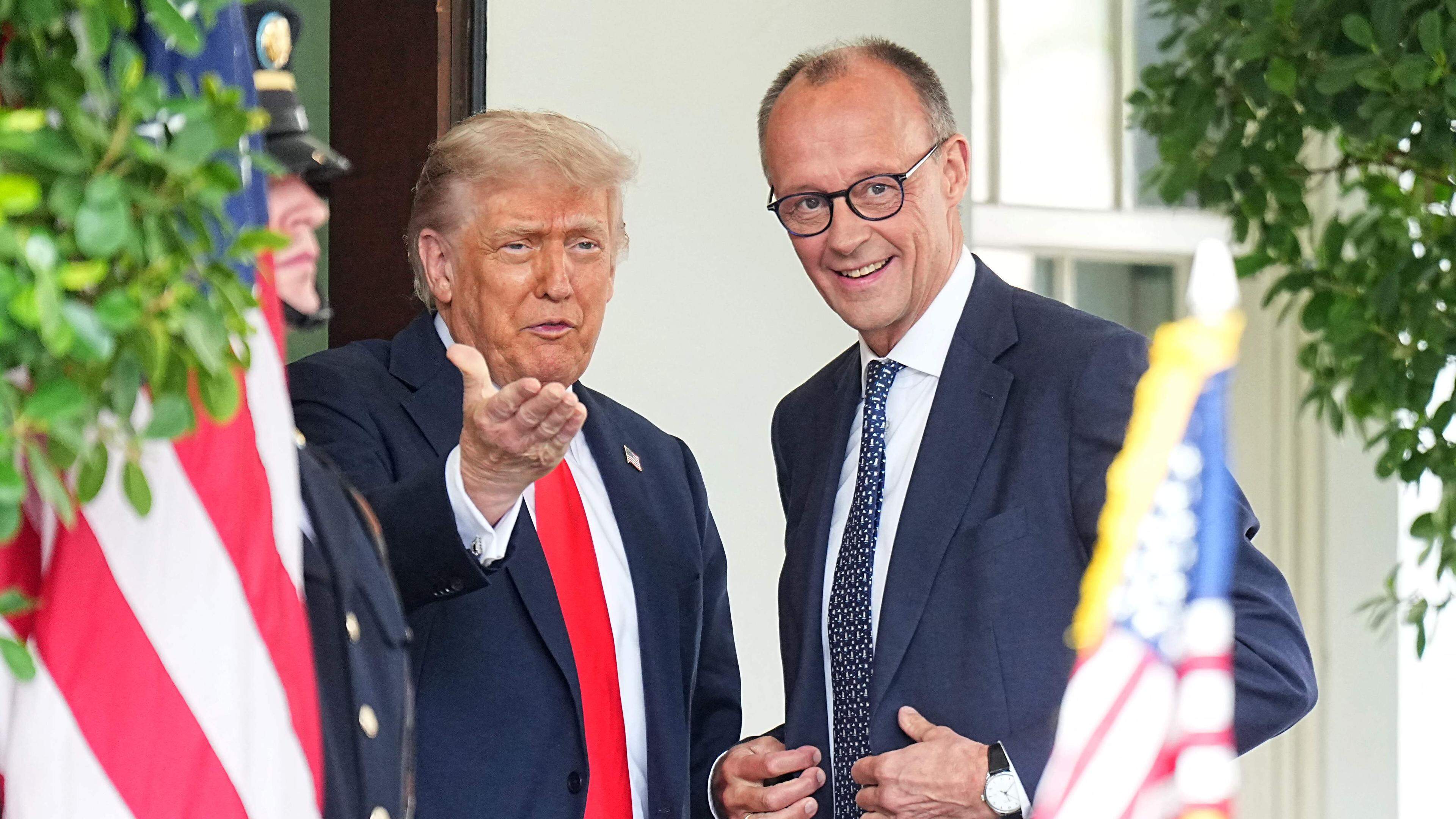Introduction of ‘border control-light’ shows mixed results, but gives the PVV voter feeling of control
:format(webp)/s3/static.nrc.nl/wp-content/uploads/2024/11/04160816/data123981418-02c05f.jpg)
« Symbols can also help, » Geert Wilders said in the Lower House last year about the reintroduction of border controls that he strongly advocated. This indicated that the PVV leader indicated that this measure, which also returned to his ‘ten-point plan’ that heralded the fall of the Schoof cabinet, is also a matter of imaging.
The border controls give substance to an understanding that is important to PVV voters: national sovereignty. They also reinforce a sense of grip on the unimpeded in and out of human flows- in particular those of asylum seekers. That makes border controls an important theme for right -wing voters, noted the Berlin university researcher Kristina Korte as early as 2023 in a study To the support for border rings and walls. « I have nothing against real asylum seekers, but it is good if they occasionally try to get the rottenness out, » said border -region Marti Robben from Siebengewald in Limburg Last year against this newspaper.
It Research published on Tuesday From the Court of Audit to the effects of an experiment with checks at all border crossings with Belgium and Germany, it fits in with this. Publicity – and therefore imaging – there was plenty, the results were lagging behind, according to the research.
Read also
Do border controls lead to less asylum migration? And what is the effect of border walls?
To prevent
The Cabinet-Schoof wild With the six -month experiment (since December 9, 2024), withheld immigrants without valid papers, and reduce cross -border crime (human smuggling). That was somewhat disappointing. The Court of Audit wrote on Tuesday: « The first results of the reintroduction of indoor border controls do not indicate that the cabinet goals will be achieved faster than with the earlier MTV checks. » The Court of Audit thus refers to temporary, targeted, mobile controls along (fast) roads and on the train that the Marechaussee has been carrying out for many years.
However, more passers -by were clearly refused and sent back during the trial period because they could not consult the correct identity papers at the border: 320 since October, against an average of 170 during mobile border controls in the years before. But there was less insight into cross -border crime. The number of arrests of, for example, suspects of human smuggling rose from 285 during the mobile controls to 216 in the experiment. Fewer asylum seekers were also found: 70 instead of 160.
On the basis of these figures, the Court of Audit concludes two things: « Indoor border controls can make a greater contribution to combating irregular migration than the earlier MTV checks. » But also: « Indoor border control is not a more effective measure against border crime than MTV control. »
Minister Faber had previously drawn his own conclusion at the end of April. That fewer criminals and asylum seekers were found during the trial period, strengthened her in her feeling that the border controls assumed ‘preventive effect’, so she extended the test until the end of this year.
Read also
The figures after seven weeks of comprehensive checks barely deviate from previous months
Workload
Prior to the introduction of the measure, trade unions had warned about increasing the workload and damage to other tasks of the Royal Netherlands Marechaussee. It is struggling with a large lack of staff. According to the Court of Audit, nothing turned out to be of those negative consequences. Incidentally, only a limited number of Marechaussees were made available for the experiment.
Road users in the eastern border region could get the feeling in recent months that there was much more going on than a few samples on the border. More traffic jams arose on the highways to Germany. « Much more, » says a spokesperson for the ANWB traffic service. Especially on the A1 and A12 in the middle of the country, the A76 in the south and A37 in the north, the number of delays increased, according to the service. They varied from an hour on Fridays if a lot of recreational traffic passes, up to fifteen minutes on weekdays.
/s3/static.nrc.nl/images/gn4/stripped/data133218265-1861cf.jpg|https://images.nrc.nl/q3kkP2FuYrWNWw4WMGhG9RgB9IY=/1920x/filters:no_upscale()/s3/static.nrc.nl/images/gn4/stripped/data133218265-1861cf.jpg|https://images.nrc.nl/6UjUcQwmQ9r3DQcK6UHtSLQEEIM=/5760x/filters:no_upscale()/s3/static.nrc.nl/images/gn4/stripped/data133218265-1861cf.jpg)
Photo Eric Brinkhorst
However, the traffic jams were not the result of the Dutch checks, but almost exclusively the result of the also re -supplied border controls on the German side, the ANWB emphasizes. « The German checks caused many delays because they were carried out much more thoroughly than the Dutch one. Many more people had to get rid of the road to be checked. » The ‘Border Controls Light’ in the Netherlands involved sampling under vehicles with a ‘suspicious’ characteristic.
Deadly attacks
The previous German government, led by SPD Chancellor Olaf Scholz, introduced the heavy border controls at the end of last year. That happened after a series of fatal attacks in Munich, among others, Solingen And Mannheim and high popularity figures for the right-wing extremist AfD in the run-up to the Bundestag elections. The new government led by CDU leader Friedrich Merz continued the checks, in which thousands of passers-by were sent back to the neighboring country without valid papers. But more than that happened. Unlike the Netherlands, Germany also started to refuse asylum seekers during the checks. Refugees who came from the Schengen zone at the border through another country and applying for asylum, had to apply for asylum in that country, was the message from the German police.
This course of action violates European treaties, a judge in Berlin ruled this week in a case of a number of Somalis who had been refused on the border. The German government did not care much about that. Nancy Faeser, responsible for the Interior Minister, (SPD) said that she will continue the policy to return asylum seekers to the border.
Already last year Geert Wilders followed the developments at the neighbors with great interest. « What is possible in Germany must also be possible here, » he said. After the new CDU/SPD government in terms of border controls and stricter asylum policy in the Netherlands, Wilders raised his demands. His ten -point plan last week contained a ‘reinforced border control’ by the army and an ‘asylum stop’.
Read also
When Minister Faber appears, the cars are suddenly checked for bushes

:format(webp)/s3/static.nrc.nl/images/gn4/stripped/data123850005-b9a5b6.jpg)
:format(webp)/s3/static.nrc.nl/wp-content/uploads/2024/12/09210523/ck-grenscontroles-en-Faber-037_64882241.jpg)
:format(webp)/s3/static.nrc.nl/images/gn4/stripped/data133172100-71d860.jpg)
/s3/static.nrc.nl/wp-content/uploads/2025/06/05202057/data133276626-c661f0.jpg)
:format(webp)/s3/static.nrc.nl/wp-content/uploads/2025/05/20145430/data132556290-a10486.jpg)



